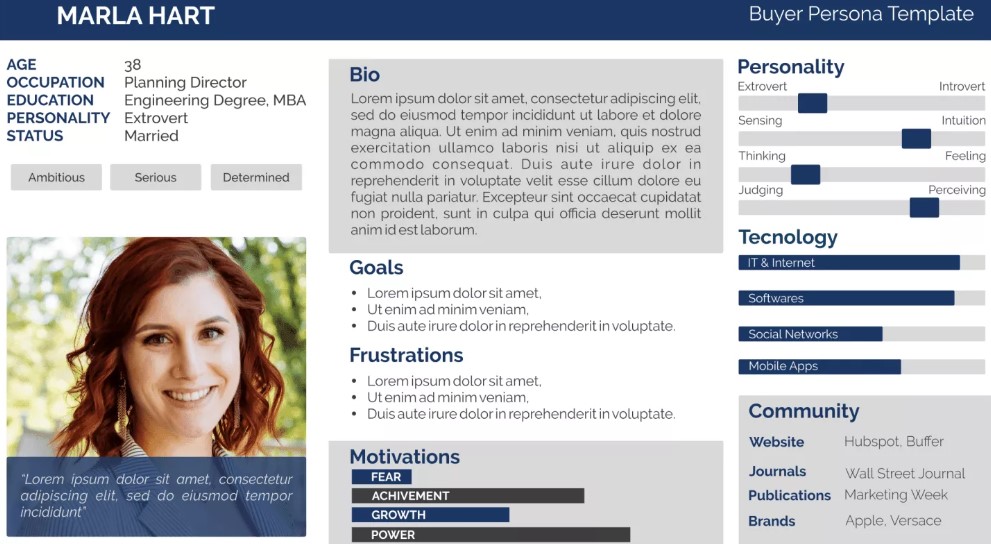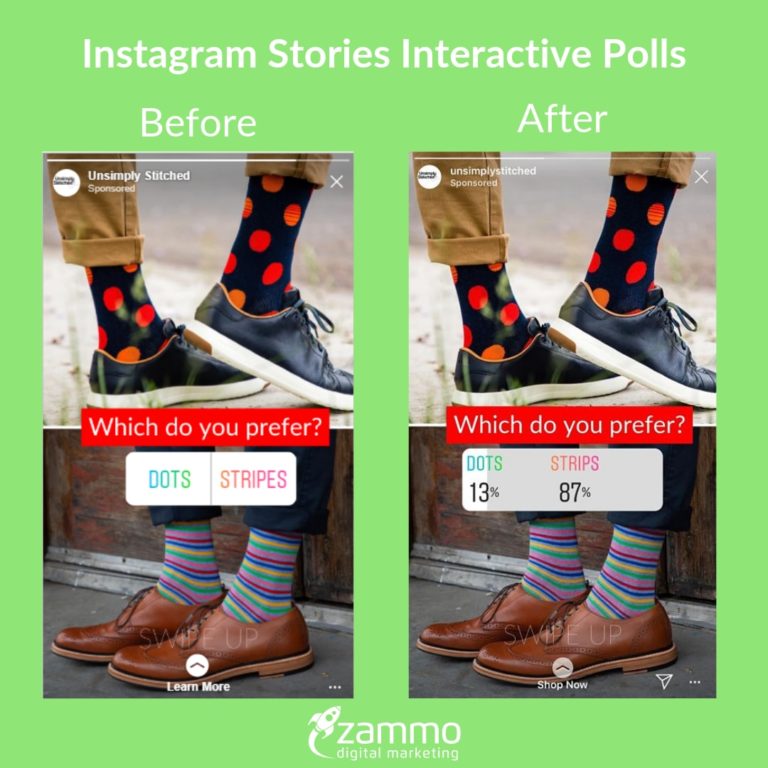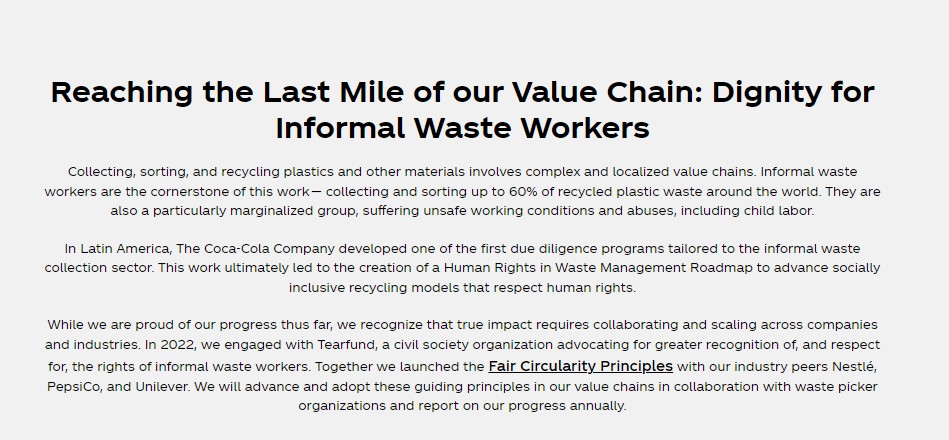Business owners know that customers are the lifeline of their business. In fact, it’s vital to keep your customers engaged with your brand. Why? A good customer engagement strategy will enhance customer experience. A great customer experience, in turn, increases the chances of repurchases and renewals by 82%. Ultimately, a customer who’s fully engaged with a company is likely to generate 23% more revenue than a person who feels less connected with the brand.
Besides, when you offer a great customer experience through engagement, you increase the chances of your happy customer spreading the word about you. That positive word-of-mouth marketing can lead to even more customers for you.
But keeping customers engaged for business growth requires careful thought and planning. Don’t worry, though. To help you ensure effective customer engagement, I collated these five tips for you:
1. Get to know your customers
To engage with your customers in a meaningful way, you first need to understand who they are. Why is that? Well, you can only craft effective customer engagement strategies if you know the types of content, marketing platforms, and other things that resonate with your target audience.
This is why customer personas are important. A customer persona is a fictional representation of your ideal customer. It can serve as your guide every step of the way as you come up with ways to ensure interactions with your brand.
A customer persona looks something like this:
To create your customer persona, you can send out surveys to consumers directly. Analytics from Google can help, too. Google Analytics is a rich source of demographic data and behavioral information.
Regardless of where you get the information for your customer personas, just remember that the more detailed your personas are, the better. The more tailored your customer engagement strategies can be.
2. Leverage social media content
The right social media content can help you generate a lot of engagement. It can help you get Instagram followers, Facebook comments, and Twitter (X) shares.
According to Hootsuite, for agencies, the average engagement rate across social media platforms—X, Instagram, Facebook, LinkedIn, and TikTok—ranges from 0.71% to 2.06%. For retail companies, the range is from 0.82% to 2.07%.
But for you to reap these engagement benefits from your social media marketing, you need to make sure you create engaging content in the first place. Go back to your buyer persona. What types of content do your target customers prefer? Do they prefer content in video or infographic format? Maybe they prefer valuable content like tips and product demonstrations?
You can also leverage your chosen social media platforms’ features for engagement. For instance, Instagram allows you to create polls like this one:
Facebook, meanwhile, allows you to live stream events:
With TikTok, you can incorporate fun music into your amusing videos. And the list goes on. Each social platform has a lot to offer to help you ensure customer engagement. You just have to make sure the content you create resonates with your target audience.
Also, ensure consistency when posting your social media content. The ideal posting frequency varies per platform. Here’s a quick guide:
- Twitter: two to three times a day
- Facebook: one to two times a day
- TikTok: three to five times a week
- Instagram: three to five times a week
- LinkedIn: one to two times a day
- Pinterest: Once per week
These are general recommendations to follow if you’re just starting out on social media, though. Once you’ve posted enough, just look at your social analytics to determine the best posting times for you. These are the times your target audience is active on the platform to engage with your content in the first place.
3. Use conversational marketing
Conversational marketing involves communicating with your customers through tools such as chatbots and live chat. It’s a great strategy to engage with your customers. A staggering 71% of buyers prefer to communicate with brands in real-time. That makes this tactic one of the most important marketing strategies for restaurants, fitness companies, and even for tech brands.
But you need a strategic approach to conversational marketing for it to be effective. So, start by identifying the different touchpoints for your conversations.
With more than 80% of consumers engaging with brands on social media, for instance, it makes sense to set up live chat or a chatbot on your social platform. Meta allows you to set up both on Facebook and Instagram..
But if you find it hard to do this on your own, you can use third-party tools such as:
- ManyChat
- ChatFuel
- MobileMonkey
You can include live chat and chatbots on your website as well. Google Analytics will tell you the pages most frequented by your customers and the pages that trigger a purchase. Embed a chatbot or use live chat on these pages to boost the chances of your site visitors enjoying conversations with your brand.
Since human agents are in charge of live chat, all you need to do is train them to give the right answers to your customers. But what about your chatbots? You’ll need to set up the right conversational flow for them.
Here are tips to follow for this:
Decide your chatbot’s purpose. Is it to provide assistance to consumers making a purchase? Is it to schedule appointments with you?
Give your chatbot a persona. Is your chatbot a fun millennial who likes to entertain? Or is it a serious person who exudes authority?
Create a conversation diagram: This should depend on your chatbot’s purchase. Whatever the purpose, though, incorporate the basic elements—greeting, question, information, error, apology, suggestion, conclusion. You want to write conversation scenarios as well. This will allow your chatbot to respond appropriately given a specific situation.
Check out these sample conversation scenarios for a hair salon chatbot:
Once you’ve set up your conversational flow, make sure you test it. This will help you spot errors or determine any awkward moments in the conversations.
4. Implement retention strategies
In simple terms, customer retention is the act of brick walling your customers and preventing them from jumping ship to a competitive brand. Customer retention strategies are designed to keep customers engaged so they can stay loyal to the brand. Unfortunately, while 44% of businesses focus on customer acquisition strategies, only 18% focus on customer retention.
The thing is, implementing retention strategies isn’t that hard. Start with earning your customer’s trust in the first place. So, offer high-quality products or services. Also, deliver a quality customer experience at every touchpoint and interaction.
Once you have your customer’s trust, you can implement one or more of the following popular customer retention strategies:
Create a loyalty program
A brand loyalty program rewards the customer for engaging with your brand. Loyalty programs come in many forms. These are the most common ones:
Points-based loyalty programs: These reward customers based on specific brand-related actions they take, like referring another customer, buying again, or subscribing to the email list.
Starbucks’ loyalty program is an example of a points-based loyalty program:
The more customers spend at Starbucks, the more stars they earn. The stars can be exchanged for rewards like a cup of coffee or pastries.
Coalition loyalty programs: This is when multiple businesses form strategic partnerships to offer rewards to loyal customers.
Paid loyalty programs: Customers pay a specific fee to access a brand’s premium benefits.
When designing a loyalty program for your brand, just make sure your rewards further your core business goals and are valuable to your target audience.
Deliver surprise reciprocity
The concept of reciprocity is simple: If you do something good for others, they are more likely to return the favor. The same concept holds true in business. If you treat your customers nicely, they’ll find ways to pay you back.
Of course, as a business, treating your customers nicely should be a given. But you can take this a step further to leave an even stronger impression on them and ensure their loyalty. Why not make a kind gesture for your customers when they least expect it? For instance, Help Scout occasionally sends handwritten notes to customers just to thank them for their loyalty.
Focus on customer feedback
The way you react to feedback can spell the difference between whether or not you retain your customers. Customer feedback gives you insights into what is working or not with your product or service. If you listen and implement valid feedback, you can help ensure your end product or service meets customer expectations, solves their problems, and fulfills their needs.
You can ask for customer feedback in several ways.
For instance, if you want feedback on your site performance, you can create a feedback pop-up on your website. You can set it up so that it appears right before your visitors leave. With this strategy, you can be assured your customers will give you accurate answers since the website experience is still fresh on their minds.
You can also seek feedback about your brand via emails. For instance, why not send subscribers a feedback email right after a purchase? Or, if yours is an SaaS product, you can opt to give them some time to use the solution first before sending your email.
Either way, just make sure you don’t bombard customers with too many questions. That’s a surefire way to get them to ignore your request.
You can easily measure your customer satisfaction through a Net Promoter Score survey instead. Just ask a single question: “How likely are you to recommend this brand to your friends and relatives?” The customer will then reply on a scale of 1 to 10, with 1 meaning a high level of dissatisfaction (detractor) and 10 meaning complete trust and satisfaction with the brand (promoter).
See this sample NPS email survey sent by Slack:
Once you have enough answered NPS email surveys, calculate your NPS score by subtracting the total percent of detractors from your total percent of promoters. The aim is to get a +72 score, which is the minimum NPS score of the top 25% companies.
If you want a bit more detail, you can include a question about what your subscribers love (and don’t love) about your brand, too. Based on your customers’ answers, make the necessary improvements.
5. Create a positive emotional connection with customers
Customers engage more with a brand when they have an emotional connection with it. It’s not surprising then, that seven out of 10 digital marketing professionals focus on creating an emotional connection with the customer. For the best results, focus on creating a positive connection with the customer rather than a negative one, of course. You want customers to associate your brand with positive feelings instead of negative ones.
You can use content to build that emotional connection.
For instance, why not add customer testimonials on your site? When you give your brand a face, you humanize it in the eyes of consumers. It’s easier to connect emotionally with humans than with lifeless products or services.
See how BambooHR does it:
Creating content that focuses on the values you share with your customers helps as well. This is a strategy Nike uses a lot. Check out one of its ads below:
The ad emphasizes hard work and perseverance, values many of its customers appreciate.
Highlighting your social impact in your content also does wonders. Content like the post above on Coca Cola’s site helps customers see you as more than just a brand aiming for profit.
The more content of this type you create, the better. If you don’t have time to do it yourself, enterprise generative AI can help you scale your content creation.
In Closing
Customer engagement is critical to the success of your business. When customers are engaged, they are more likely to make repeat purchases and remain your loyal customers. At the same time, they can spread the good word about you. The result is even more customers for you.
You learned five tips to follow to keep your customers engaged. Get to know your customers first so you’ll know what resonates with them in the first place. Leverage social media marketing and conversational marketing. Also, implement customer retention strategies that naturally drive engagement. For this, you can create a loyalty program, deliver surprise reciprocity, or focus on customer feedback. As a final tip, aim to create a positive emotional connection with your customers.
Follow these tips and, in the long term, the impact of customer engagement on your business value will become visible.
Good luck!










